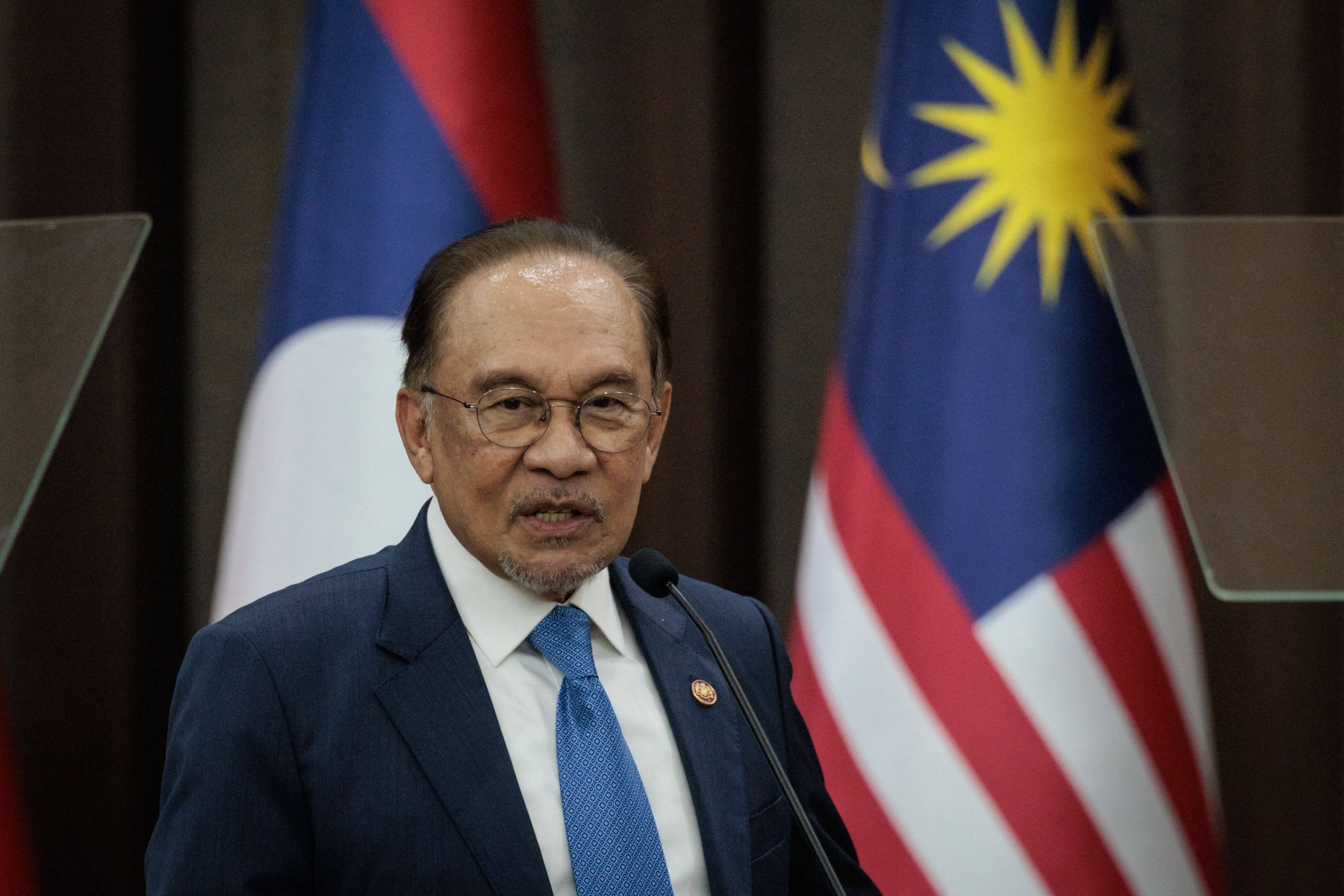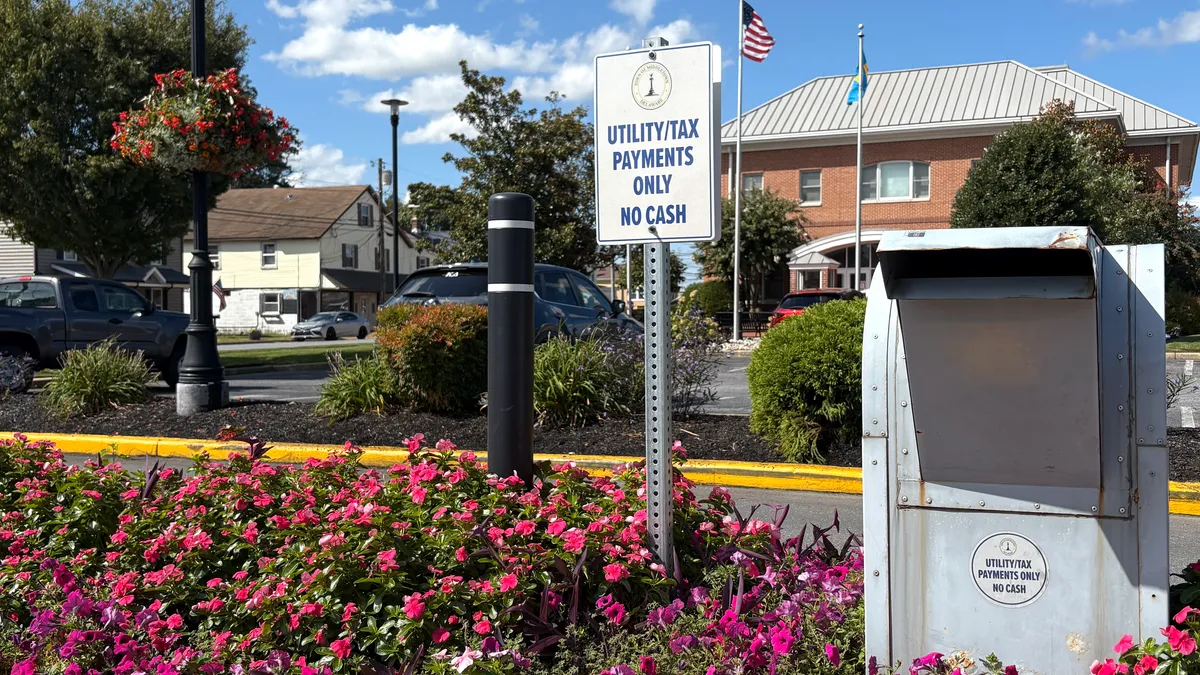By Joseph Sipalan
Copyright scmp

Malaysians hoping for a boost from next month’s budget should brace themselves for disappointment, economists warn, as Prime Minister Anwar Ibrahim’s room to hand out cash and subsidies shrinks with US tariffs starting to bite.
Anwar, who is also finance minister, is expected to present a budget on October 10 that bolsters small and medium-sized businesses and scales up Malaysia’s capabilities in the semiconductor, electric vehicles and rare earths sectors.
But the projected fall in US demand for its vital exports, which cut across electrical and electronics products to furniture and chemicals, is likely to crimp the government’s ability to roll out any new populist measures.
“The impact of high US tariffs … may finally emerge in the fourth quarter of 2025,” said Muhammad Saifuddin Sapuan, an economist with Malaysia-based Kenanga Investment Bank. “Fiscal space is limited because GDP is not growing fast enough.”
Bank Negara Malaysia in July revised its growth forecast downwards to between 4 and 4.8 per cent this year, down from its earlier projection of 4.5 to 5.5 per cent, given persistent global uncertainties largely driven by US President Donald Trump’s tariff regime.
Malaysia has been hit by a 19 per cent tariff on par with its Southeast Asian counterparts.
Initially, exports grew sharply, according to government data, as US businesses front-loaded orders to avoid paying tariffs, which took effect on August 1.
But that spells a delay rather than a cancellation to the impact of those levies, experts have said.
Anwar’s administration has already pledged to slash subsidies for petrol at the end of September in a bid to free up billions of ringgit from sections of the public who are judged to not need it.
It promises to be an unpopular move by a government that has already dropped discounts on electricity and blanket subsidies on diesel, which Malaysians say have pushed costs up.
“My business is surviving for now because people still need to eat, but I have been getting fewer customers,” said Anthony Lim, 45, who runs a noodle stall in a suburb outside capital city Kuala Lumpur.
“If costs keep going up, I will have no choice but to raise my prices,” said Lim, who added he had so far maintained the price of his hand-cut noodles at 9 ringgit (US$2.10) a bowl to retain customers even if it meant a hit to profits.
But cutting spending while driving growth is a high-wire act, according to Bernard Yap of accounting firm EY.
“The government will need to strike the right balance … a strong community will support growth and growth will allow us to afford more,” Yap told This Week in Asia.
Malaysia has been spending more than it earns since 1998, when economies in the region crashed during the Asian Financial Crisis.
The government aims to bring the deficit down to 3.8 per cent of the country’s gross domestic product this year, from 4.1 per cent in 2024.
Anwar may be tempted to announce populist measures next month, with just two years left to his term, but experts say the money would be better spent expanding on the government’s aid programmes.
Last month, the government rolled out a universal 100 ringgit (US$23.70) one-off cash handout for necessities, adding on to existing targeted handouts for the country’s middle- to lower-income earners.
“Although loosening fiscal rules may lift consumption in the short term, it would weaken fiscal credibility in the long term,” Saifuddin of Kenanga said.
“To manage the risk, targeted measures are more favourable over broad spending.”



